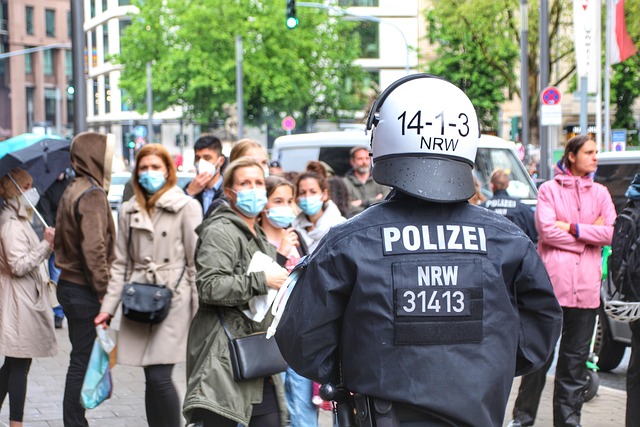Finance crime probes involve evidence collection, witness interviews, and analysis of financial records, sometimes leading to amicable business partnership dissolutions. This process begins with open communication, drafting mutually agreed-upon separation agreements, transparently dividing assets and liabilities, ensuring fair compensation, consulting professionals for regulatory compliance, and maintaining a positive atmosphere throughout to foster future collaborations.
In the intricate world of finance, understanding crime probes is paramount to maintaining integrity and compliance. This article delves into ‘Finance Crime Probes’, exploring key aspects that underpin these investigations. We provide practical guidance on initiating amicable business partnership dissolutions, emphasizing the importance of clear communication and fair compensation. Furthermore, we offer best practices for a smooth transition post-partnership, ensuring a seamless and respectful conclusion to collaborative ventures. Learn the steps to dissolve a business partnership amicably and navigate financial crime probes with confidence.
- Understanding Finance Crime Probes: Key Aspects
- Steps to Initiate Amicable Business Partnership Dissolutions
- Best Practices for Smooth Transition Post-Partnership
Understanding Finance Crime Probes: Key Aspects
Finance crime probes are investigations into illegal activities within financial institutions or involving financial transactions. These probes target a range of offenses, from fraud and money laundering to tax evasion and corruption. Understanding key aspects of finance crime probes is essential for both corporate and individual clients across the country. One critical element is recognizing the signs of suspicious activity, such as unusual financial patterns or complex transactions, which can trigger further investigation.
Another important step in navigating these probes is knowing the process. Typically, regulatory bodies or law enforcement agencies initiate investigations based on tips, anomalies in data, or specific reports of illegal activities. The process involves gathering evidence, interviewing witnesses and suspects, and analyzing financial records. Amicably dissolving a business partnership, if necessary, can also be part of this process to mitigate potential legal risks, especially if one party is under investigation. In some cases, jury trials may be involved, adding another layer of complexity that requires skilled legal representation.
Steps to Initiate Amicable Business Partnership Dissolutions
Dissolving a business partnership amicably is a crucial step when a collaboration outgrows its purpose or turns sour. The process involves several key steps that ensure a fair and respectful ending for all parties involved. First, it’s essential to initiate open communication, where both partners express their intentions clearly and discuss the reasons behind the dissolution. This phase is critical as it sets the tone for the entire process, fostering an atmosphere of understanding and cooperation.
Next, drafting a mutually agreed-upon separation agreement is pivotal. This legal document outlines the terms of the partnership’s end, including asset distribution, liability division, and any other relevant stipulations. Engaging legal counsel can help navigate complex aspects, ensuring all bases are covered. Once finalized, this agreement provides a framework for a smooth transition, allowing both partners to move forward with their respective ventures while minimizing potential conflicts in the future, especially during all stages of the investigative and enforcement process. Moreover, it showcases professionalism and can enhance reputations within the philanthropic and political communities, even when facing challenging defense verdicts.
Best Practices for Smooth Transition Post-Partnership
When a business partnership comes to an end, whether due to growth, change in goals, or dispute, it’s crucial to execute a smooth transition. The first steps involve open and honest communication between all parties to understand the reasons for dissolution and agree on terms. This transparency is key to maintaining respect and preserving any potential future collaborations.
A structured plan should follow, focusing on clear division of assets and liabilities, fair compensation for each partner’s contributions, and a thorough review of legal agreements. It’s beneficial to consult professionals who can guide through the process, ensuring compliance with regulations related to white-collar and economic crimes. Maintaining a positive and amicable atmosphere throughout facilitates a solid foundation for future partnerships, reflecting an unprecedented track record of successful business associations.
In understanding finance crime probes and their implications, it’s clear that amicable business partnership dissolutions are key to mitigating risks. By following structured steps, such as having clear communication, adhering to legal requirements, and maintaining open records, businesses can ensure a smooth transition post-partnership. Adopting best practices in these areas not only facilitates a harmonious parting but also enhances an organization’s resilience against potential financial crimes. When considering the end of a partnership, remember that proactive measures taken during the dissolution process can significantly impact future success and compliance.






